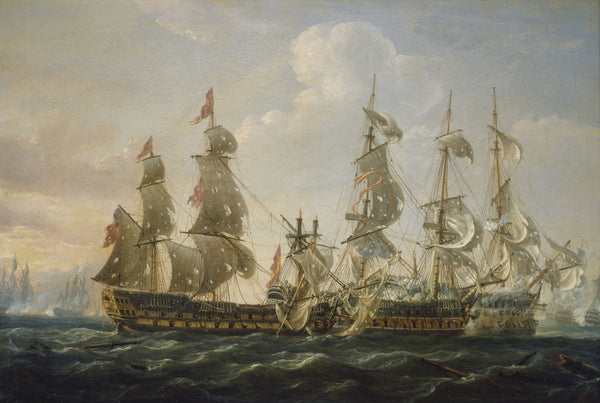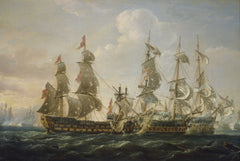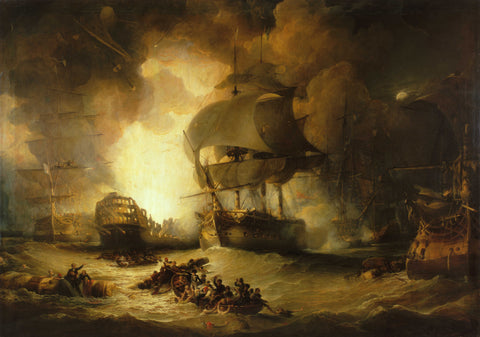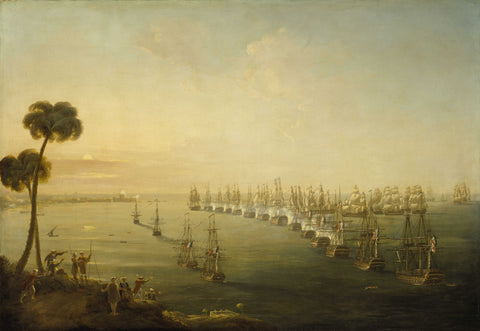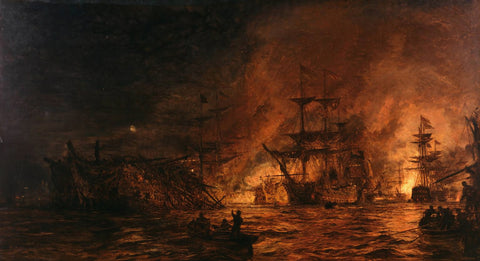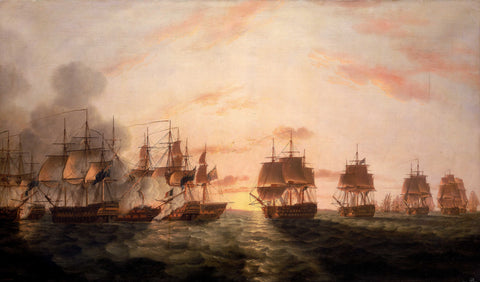- Australia ▾
- Topographic
▾
- Australia AUSTopo 250k (2024)
- Australia 50k Geoscience maps
- Australia 100k Geoscience maps
- Australia 250k Geoscience maps
- Australia 1.1m Geoscience maps
- New Zealand 50k maps
- New Zealand 250k maps
- New South Wales 25k maps
- New South Wales 50k maps
- New South Wales 100k maps
- Queensland 10k maps
- Queensland 25k maps
- Queensland 50k maps
- Queensland 100k maps
- Compasses
- Software
- GPS Systems
- Orienteering
- International ▾
- Wall Maps
▾
- World
- Australia & New Zealand
- Countries, Continents & Regions
- Historical
- Vintage National Geographic
- Australian Capital Territory
- New South Wales
- Northern Territory
- Queensland
- South Australia
- Tasmania
- Victoria
- Western Australia
- Celestial
- Children's
- Mining & Resources
- Wine Maps
- Healthcare
- Postcode Maps
- Electoral Maps
- Nautical ▾
- Flags
▾
- Australian Flag Sets & Banners
- Flag Bunting
- Handwavers
- Australian National Flags
- Aboriginal Flags
- Torres Strait Islander Flags
- International Flags
- Flagpoles & Accessories
- Australian Capital Territory Flags
- New South Wales Flags
- Northern Territory Flags
- Queensland Flags
- South Australia Flags
- Tasmania Flags
- Victoria Flags
- Western Australia Flags
- Gifts ▾
- Globes ▾
Dear valued customer. Please note that our checkout is not supported by old browsers. Please use a recent browser to access all checkout capabilities
The 'Captain' capturing the 'San Nicolas' and the 'San José' at the Battle of Cape St Vincent by Nicholas Pocock
$69.95
or make 4 interest-free payments of
$17.49 AUD
fortnightly with
![]() More info
More info
The 'Captain' capturing the 'San Nicolas' and the 'San José' at the Battle of Cape St Vincent, 14 February 1797.
An incident during the French Revolutionary War, 1793-1802. At the beginning of 1797, the British Admiral Sir John Jervis, with 11 sail of the line, lay in the Tagus, while a Spanish fleet of 27 sail of the line lay at Cartagena. The Spanish intended to join the French fleet at Brest, while Sir John's aim was to prevent this. He prepared to rendezvous with Rear-Admiral William Parker off Cape St Vincent. Admiral Don Jose de Cordova left Cartagena with the Spanish fleet on 1 February for Brest via Cadiz but was blown off course by the fierce Levanter wind. This pushed the Spanish out into the Atlantic until the wind swung north-west on the 13th, by which time they were close to the British fleet. At 2.30 am on the morning of the 14th Jervis learnt from a Portuguese frigate that the Spanish fleet was 35 miles to windward.
When sighted, the Spanish were in two divisions, which the British passed between on the opposite tack, and then turned in succession to follow the weather division. It was then that Commodore Nelson made his famous decision. His ship, the 'Captain', 74 guns, was the third from last in the line and it was clear to him that, if he followed the line and turned in succession, he would never catch up with the enemy. He therefore turned out of line to cut off the Spanish and on a signal from Jervis was followed and supported by Captain Collingwood's 'Excellent', 74 guns, the last ship in the line.
The painting shows the 'Captain', the Spanish ships 'San Nicolas', 80 guns and the 'San Josef', 112 guns, occupying the foreground, all in starboard-quarter view. To the left and nearest is the 'Captain', her fore-topmast over her starboard side and her port bow up against the 'San Nicolas's' starboard quarter. Aboard the 'San Nicolas', her pendant is shown coming down and a sailor on the poop is hauling down her ensign. Her mizzen mast is shot away and may be represented by the spar shown floating in the left foreground. Her bowsprit is caught up in the 'San Josef's' starboard main shrouds beyond and to the right. In both the left and right background are ships in action, in starboard-quarter view. The painting records the manoeuvre, which became known as 'Nelson's Patent Bridge for Boarding First-Rates'.
Pocock placed considerable importance on accuracy and referred to annotated drawings and sketch plans in the production of his oil paintings. He was born and brought up in Bristol, went to sea at the age of 17 and rose to command several merchant ships. Although he only took up painting as a profession in his early forties, he became extremely successful, receiving commissions from naval commanders anxious to have accurate portrayals of actions and ships.
By the age of 80, Pocock had recorded nearly forty years of maritime history, demonstrating a meticulous understanding of shipping and rigging with close attention to detail. Pocock devoted much of his later years to illustrating Nelson's sea battles. This was the last in the series of six paintings for a two-volume 'Life of Nelson', begun shortly after Nelson's death in 1805 by Clarke and McArthur, and published in 1809. The paintings were engraved by James Fittler and reproduced in the biography with lengthy explanatory texts. The painting is signed and dated 'NP 1808'.
The print can be printed on heavyweight 160 gsm paper or laminated. The paper version is perfect for framing under glass, and the laminated version is exceptionally hard-wearing, as we use a true encapsulation of two pieces of 80-micron gloss laminate.
Alternatively, we can supply this print on 395 gsm HP Professional Matte Canvas using pigment-based inks, making it highly durable and fade-resistant. The exceptional clarity of the printing makes this a stunning addition to any room, and its high quality means that it will provide years of enjoyment.
The easiest way to hang your canvas print is with wooden hang rollers attached to the top and bottom. The top roller has a hanging cord, so you only have to put a hook on the wall. The hang rails come lacquered in a natural timber colour.
Note: Please allow ten working days to deliver hang-railed prints, as our framer must attach them.
If you would like this print in a different size, please call or email us; we can help.
Painted: 1808
Size: 841 mm (w) x 565 mm (h)


